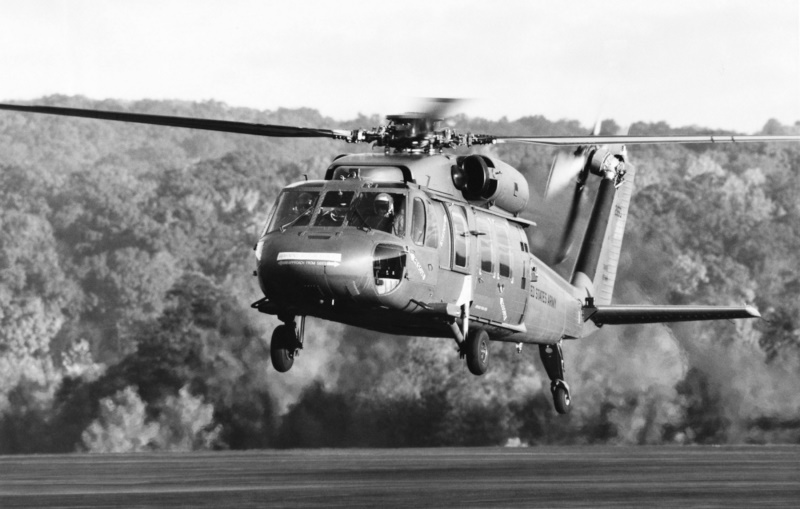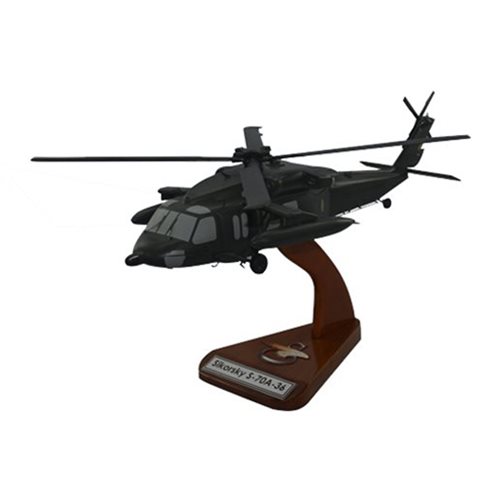Leading Attributes and Advantages of the Sikorsky S 70 Helicopter
Leading Attributes and Advantages of the Sikorsky S 70 Helicopter
Blog Article
High-Performance Multi-Role Rotorcraft Featuring Advanced Cockpit Technologies and Integrated Sensing Unit Solutions
The realm of rotorcraft technology has actually seen remarkable developments in recent times, particularly in the world of high-performance multi-role rotorcraft equipped with advanced cockpit modern technologies and perfectly integrated sensor systems. These developments have not only enhanced the functional abilities of rotorcraft but have additionally substantially impacted modern-day aeronautics procedures on various fronts. From boosted mission flexibility to boosted operational effectiveness, the convergence of innovative cockpit technologies and incorporated sensor systems has ushered in a new period of possibilities for rotorcraft applications. In the following discussion, we will discover the development of rotorcraft innovation, delve into the world of advanced cockpit developments, and check out the implications of integrated sensor systems on the functional adaptability and efficiency of modern-day rotorcraft.
Evolution of Rotorcraft Innovation
The development of rotorcraft technology has actually been marked by substantial advancements in the rules of aerodynamics, materials, and propulsion systems, forming the capacities and efficiency of contemporary rotorcraft. Aerodynamic renovations have actually improved the effectiveness and ability to move of rotorcraft, enabling increased speed, dexterity, and stability during flight (sikorsky s 70). Technologies in materials, such as the use of composite products and advanced alloys, have caused lighter yet stronger rotorcraft structures, boosting total performance and durability. In addition, improvements in propulsion systems, consisting of much more effective engines and cutting-edge propulsion modern technologies, have made it possible for rotorcraft to achieve greater elevations, faster rates, and higher hauls.
These advancements have not just changed the capacities of rotorcraft however have additionally expanded their applications throughout various industries, including army, business, and emergency situation services. The continuous advancement of rotorcraft innovation proceeds to drive technology in the area, pushing the limits of what is feasible and shaping the future of vertical trip.
Advanced Cabin Innovations
Building upon the fundamental improvements in the rules of aerodynamics, products, and propulsion systems, the realm of rotorcraft innovation now changes emphasis towards pioneering Advanced Cockpit Innovations. The combination of advanced technologies within the cabin atmosphere plays an essential role in improving the functional capabilities, safety and security, and performance of modern-day rotorcraft. sikorsky s 70. Advanced Cabin Innovations incorporate a large variety of functions designed to provide pilots with improved situational recognition, streamlined information monitoring, and user-friendly control user interfaces
One of the essential developments in cabin style is the implementation of glass cockpits, which replace typical analog assesses with high-resolution displays. These digital systems offer customizable formats, real-time data combination, and improved readability, enabling pilots to accessibility crucial details at a look. Advanced avionics systems, such as fly-by-wire controls and enhanced fact displays, are reinventing how pilots communicate with the aircraft, allowing for exact control and boosted decision-making abilities.


Integrating advanced cabin advancements not just improves pilot efficiency yet additionally adds to total objective effectiveness and safety and security in complex operational atmospheres. By leveraging advanced modern technologies within the cockpit, rotorcraft producers are setting brand-new criteria for functional excellence and goal success.
Integrated Sensor Solutions
With the development of rotorcraft technology, the combination of sophisticated Integrated Sensing unit Solution has actually become extremely important in improving functional performance and security. These Integrated Sensor Solutions include a vast range of technologies that supply vital data for various features such as navigating, monitoring, targeting, and ecological monitoring. By flawlessly integrating sensors like radars, cameras, lidar, and infrared systems right into rotorcraft, operators can gain from enhanced situational recognition, enhanced objective abilities, and lowered pilot work.
One key advantage of Integrated Sensor Solutions is their capability to gather real-time information and provide actionable understandings to pilots and objective operators. Advanced radar systems can discover and track targets over long distances, enabling for very early risk discovery and reliable action preparation. In addition, integrating infrared and electro-optical cameras makes it possible for rotorcraft to carry out reconnaissance and monitoring missions with precision and precision.
Basically, the integration of sophisticated sensing unit modern technologies right into rotorcraft not only boosts functional effectiveness however also adds dramatically to total goal success and staff safety and security. As rotorcraft remain to progress, the role of Integrated Sensing unit Systems will most certainly stay at the leading edge of advancement in the aerospace market.
Operational Convenience and Efficiency
Enhancing operational flexibility and effectiveness in rotorcraft is a natural progression from the integration of sophisticated Integrated Sensor Equipments. By leveraging the insights and information given by these innovative sensor systems, rotorcraft can optimize their performance throughout numerous missions and environments.
Operational flexibility encompasses the capability of rotorcraft to adapt to different duties and scenarios efficiently. With sophisticated cockpit innovations and integrated sensor systems, rotorcraft can seamlessly shift between jobs such as search and rescue, medical evacuation, monitoring, and extra. This convenience improves the rotorcraft's capacity to satisfy diverse operational requirements without calling for substantial reconfiguration.
Performance in rotorcraft procedures is essential for maximizing goal efficiency and source application. Integrated sensing unit systems play a critical role in improving functional performance by giving real-time information on climate condition, terrain mapping, target monitoring, and a lot more. This information allows pilots to make educated choices quickly, maximize trip paths, save gas, and boost total objective productivity.
Influence On Modern Aviation Workflow

In addition, the combination of innovative sensors assists in improved mission planning and implementation, allowing rotorcraft to perform a large range of tasks with boosted accuracy. From search and rescue operations to aerial firefighting and legislation enforcement goals, the capabilities of modern rotorcraft geared up with sophisticated read this cockpit technologies and incorporated sensor systems are unrivaled.
In addition, the influence of these advancements expands beyond functional effectiveness to cost-effectiveness and sustainability. By maximizing flight paths, gas usage, and upkeep schedules, high-performance rotorcraft outfitted with advanced cabin technologies and sensors add to minimizing functional prices and ecological effect, making them crucial properties in contemporary air travel procedures.
Verdict
To conclude, the high-performance multi-role rotorcraft with advanced cabin innovations and incorporated sensing unit systems stands for a substantial advancement in aeronautics technology. These technologies enhance functional flexibility and effectiveness, inevitably affecting modern-day aviation operations in a favorable means. The assimilation of these advanced technologies permits for enhanced capabilities and performance in different mission situations, showcasing the continued development of rotorcraft innovation in the aeronautics industry.
The realm of rotorcraft innovation has seen noteworthy innovations in recent times, specifically in the realm of high-performance multi-role rotorcraft geared up with sophisticated cabin modern technologies and flawlessly integrated sensing unit systems. From boosted mission versatility to boosted operational efficiency, the merging of innovative cockpit technologies and integrated sensing unit systems has actually ushered in a brand-new age of opportunities for rotorcraft applications. In the following conversation, we will certainly explore the evolution of rotorcraft innovation, dive right into the world of sophisticated cabin innovations, and analyze the read this article effects of incorporated sensing unit systems on the operational adaptability and performance of modern-day rotorcraft.

Report this page